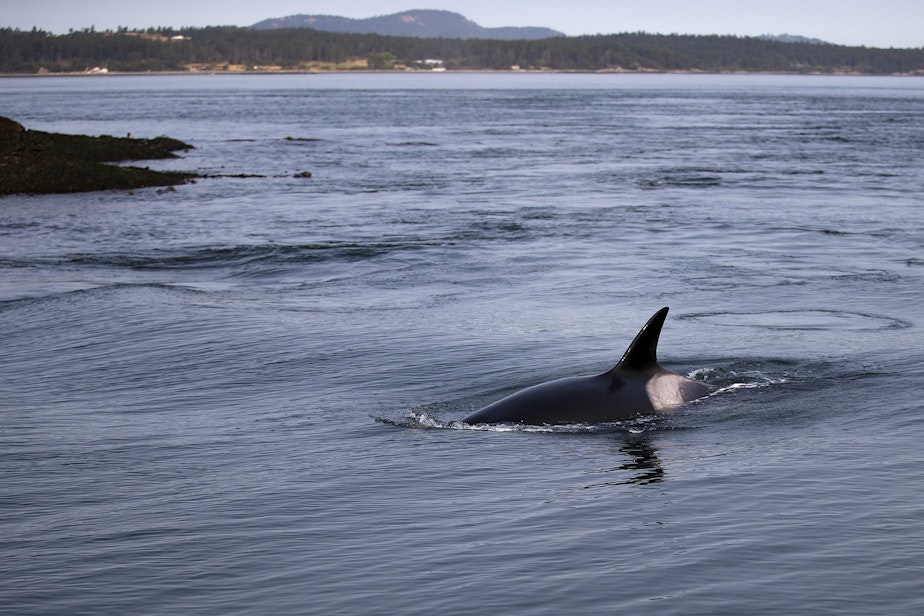Call it a comeback — whale counts encouragingly high in 2022

It’s been a banner year for whale sightings in our local waterways. That’s according to a new report from the Pacific Whale Watch Association (PWWA), who counted large rebounds in Bigg's Killer Whales and humpback whales in the region.
It's far surpassed even our best expectations," said Erin Gless, executive director of the PWWA. "We had great sightings, lots of babies born, and a record number of whales observed in this area."
Bigg's Killer Whales are also known as transient orcas, and are different from Puget Sound's southern resident killer whales because they eat mammals like seals and sea lions rather than salmon.
Counts from the Orca Behavior Institute (OBI) logged 1,221 unique sightings of Bigg's killer whales.
Then there's a boost in humpback sightings too.
"The humpback comeback," said Glenn. "Over the decades, we've seen them come back slowly at first -- in the late '90s, we had maybe one or two individuals, then maybe a couple dozen."
396 humpback whales were photographed in the area, the highest in a single year over the last century.
Glenn said the population uptick is a boon to protections over whales' local food sources and restrictions on commercial hunting.
Listen to the full Soundside conversation by clicking the "play" button on the audio above.





